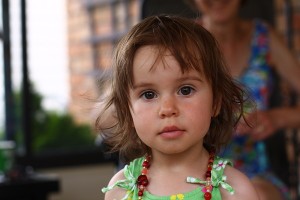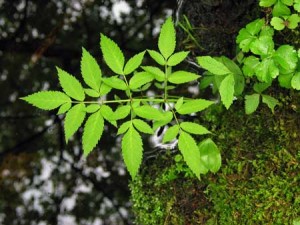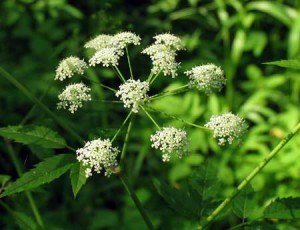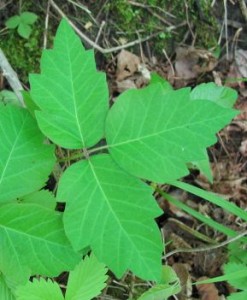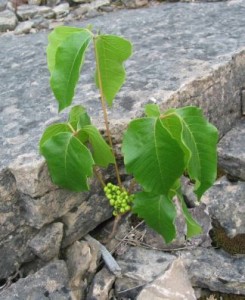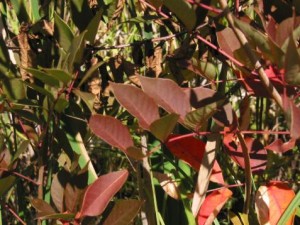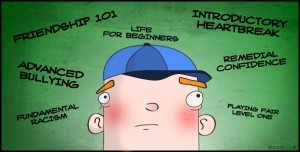What To Do If Full-Day Kindergarten Isn't Right For Your Child
/This is a post from our sponsor Bells Corners Cooperative Nursery School. I've heard amazing things about their school, so check them out! September will mark the final year of Ontario’s roll out for full day junior and senior kindergarten, meaning kids as young as three will be heading off to school for at least 6 hours a day, 5 days a week. Though this new programming may feel like a financial and logistical blessing for dual income families, a vast majority of parents are left feeling uncomfortable with their children’s ability or readiness to cope with institutional care for such long hours in their young life.
While the actual benefits of full day kindergarden are being publicly and feverishly debated, these parents are still left on the sidelines scrambling to find alternatives - alternatives that will not only meet (or better, exceed) the educational milestones of the mainstream kindergarten curriculum, but nurture their child’s innate curiosity, instil a love of learning and celebrate their unique little personalities.
Bells Corners Co-operative Nursery School (BCCNS) provides an exceptional alternative or supplement to full-day kindergarten. Based on a core belief that every child and family has a right to a quality early years education and experience, BCCNS provides a unique and caring program that fosters hands on “learning through play” experiences specifically focused on developing self confident, life-long learners.
The program is staffed by experienced, passionate and educated teachers. “We maintain a cap of 16 students per 2 teachers to ensure adequate one on one time with each of the students on a daily basis.” says Chelsea Coe, Program Director at BCCNS. “The small class sizes also allows us to conduct special projects, exercises and experiments that would otherwise not be possible with a larger group of students. This means we are not only able to fulfill the curriculum standards set by the Ontario Ministry of Education, but we go above and beyond those requirements.”
If you live in the area and are looking at alternative care, contact BCCNS today!

